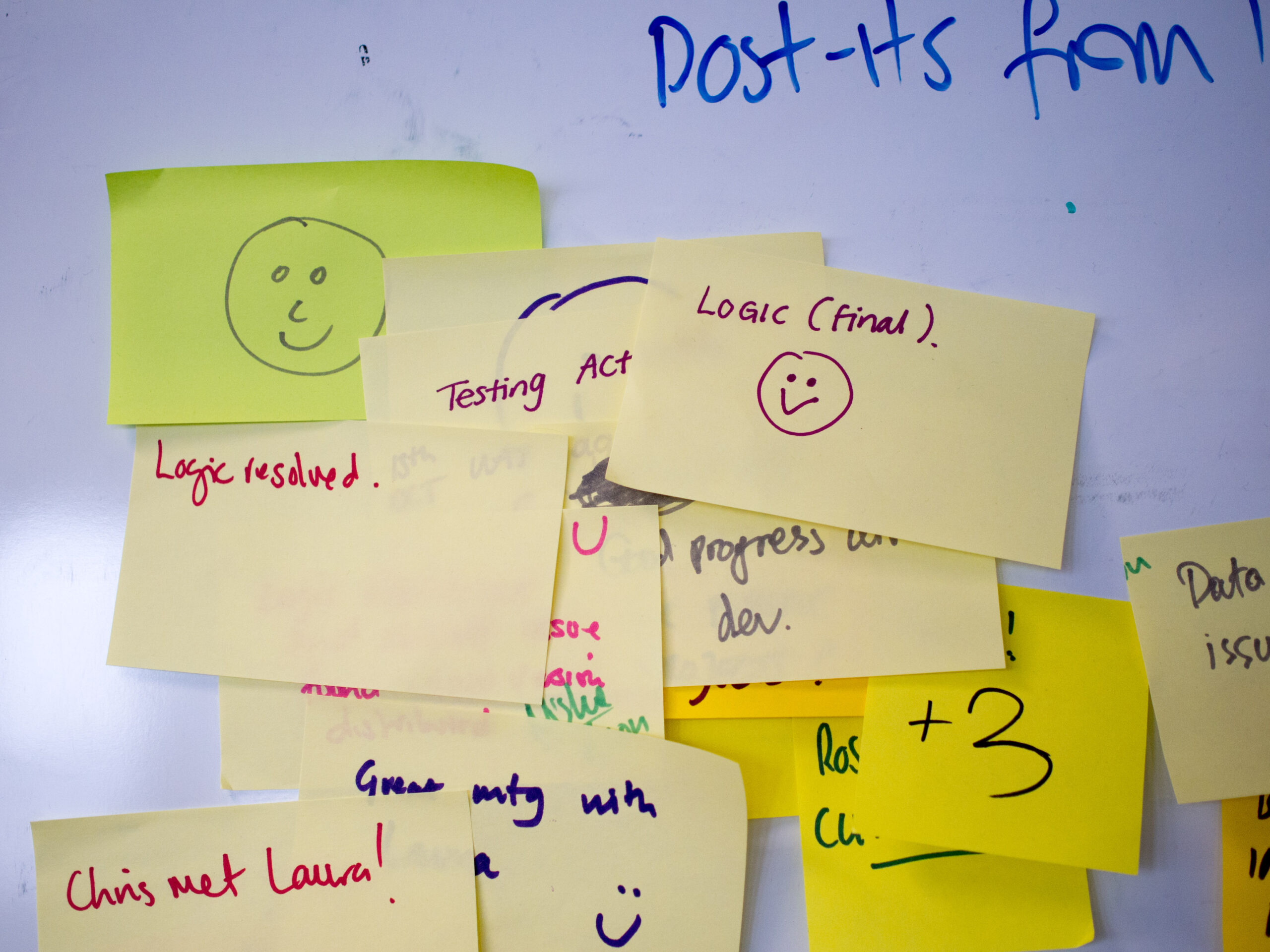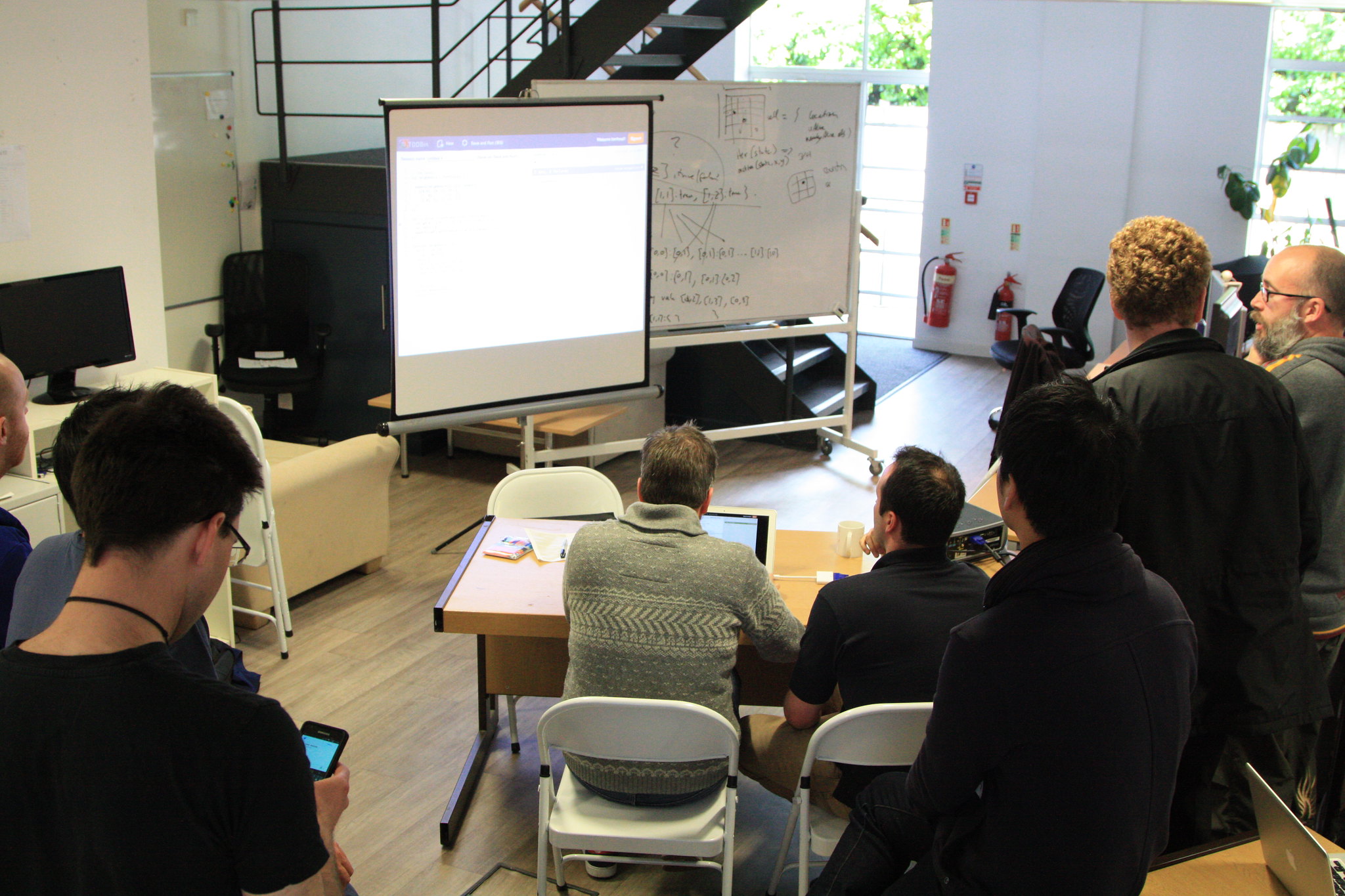We work with a lot of clients. That’s not a humblebrag—it’s a serious consideration when you’re a small, cohesive team of project managers, software engineers, geospatial consultants, and business analysts. To deliver on our clients’ goals, Farallon’s project management approach must be thoughtful, measured, and agile.
Over the past 25+ years, we’ve learned to be flexible in the face of changing business needs, evolving systems, and shifting project constraints. Team members may have come and gone, but one thing has remained constant: at Farallon, we’ve never believed it’s just about us. It’s about the relationships we build—and how we work together.
Project Management in Action
A great example of this can be seen in our ongoing work with the California Department of Managed Health Care (DMHC), the state agency that ensures California’s health care delivery system stays strong and accountable. In order to properly conduct analysis on insurance network filings throughout the state, the DMHC staff use an in-house system called Netmap to manage vast and sophisticated datasets, but processing that much information was taking the system far too long to run its queries—often days.
DMHC hired Farallon to add much-need system functionality and address these processing times. To this point, progress has been substantial, with the implementation of major features and geospatial processing times on many filings going from taking multiple days to a matter of hours—approximately a 95% increase in efficiency.
Speed gains of this magnitude don’t just come from tweaking a few lines of code. It requires an intimate understanding of internal business processes that only experienced staff can convey. Farallon Developer Johnathan Clementi had to build a deep understanding of internal staff workflows, going so far as to write detailed documentation for Netmap processes in collaboration with DMHC staff, and learning to be the top expert in the system’s technology.
“Filings would take a couple of days to finish due to the geospatial analysis tasks that are included in the NetMap pipeline. For example, some inefficient queries were running for upwards of three minutes each in every county-zip code combination, which is the unit of analysis NetMap uses. Multiply that out by up to two thousand county-zips per filing, and you can see how inefficiently NetMap was running. Now, we have that down to no more than 10 seconds per county-zip, which is a great quality of life improvement in terms of just the sheer amount of total processing time.” — Johnathan Clementi
While these achievements should be celebrated, it is important to note that this progress is not the final product; furthermore, progress like this shouldn’t be taken for granted, as things didn’t always run so smoothly. In fact, in the beginning, the project looked to be in jeopardy from our own making.
A Lesson In Crisis Management
Early on, we underestimated the level of effort required within the project’s initial budget. We simply couldn’t have known how complex the scope was without direct access to DMHC’s systems. As a result, we were over budget and underdelivering.
It was a tough moment—but a defining one. Our team made the call to be fully transparent with DMHC. Adam Lodge, Project Director at Farallon, recalls the mindset the team carried: “We have to let DMHC know that we aren’t getting the traction on this that we thought we would so that we maximize the opportunity to course-correct”.
To their credit, DMHC appreciated our candor and acknowledged how significant the challenge was. That moment of honesty reshaped everything. Together, we revised our contracting approach to define well constrained formal work authorizations—each with clear timelines but flexible goals. This allowed us to iterate quickly, follow promising leads, and adjust priorities based on DMHC’s real-time needs.
It wasn’t just a new approach—it was a new level of trust.
A Partnership Built on Trust
The trust and collaboration between Farallon and DMHC is something that Johnathan doesn’t take for granted. It has opened the door for newfound productivity and Johnathan is effusive in his praise for his counterpart Michael Hodnett, who works in the Office of Plan Monitoring at the DMHC: “[Michael is] an attorney that’s very technically savvy and has this knack for bridging the gap between the technical and business needs… having a team like Michael and I with complimentary skills means we are able to quickly identify the use case that is bringing the problem forward and then how to solve it.”
This model has also helped us improve internally. With better forecasting and tracking of projected hours vs. actual effort, we’ve fine-tuned how we scope and manage projects. And it all started with a moment of vulnerability—owning our misstep and choosing transparency.
What We Own
At the end of the day, metrics for success are varied across organizations. Farallon considers a project a success if we can deliver improvements to the efficiency of our clients’ operations. But Farallon’s Project Director Adam Lodge sees success in a multifaceted light: “[It’s] the relationship that we build with the client. If at the end of the project the client is happy and we are happy, there is the potential to work together again—that’s success!”
“We don’t sell software, we develop solutions for our clients. So, our clients own the systems that we build and improve – not us. As consultants, we only walk away from projects with the relationships that we build with them.” – Adam Lodge
Farallon is proud of the partnerships we’ve cultivated with our clients not only because of the success in delivering project solutions, but also evolving a client’s understanding of their data through thoughtful collaboration and nuanced communication that explores how to best define a problem, design a solution, and then implement it effectively. Because building software doesn’t just mean writing code—it also means shaping how people do their jobs. And people are (understandably) attached to how they work. In many ways, the process is less like development and more like therapy—helping clients discover better, more fulfilling ways to do what they already do best.
Our clients trust us to make progress on ideas that aren’t always fully defined—and we trust them to support our efforts, even when the solution looks a little different than the original plan. That kind of relationship is what makes our work meaningful to us.
And for us, that’s success.
Photo credit to Ravi Kotecha




